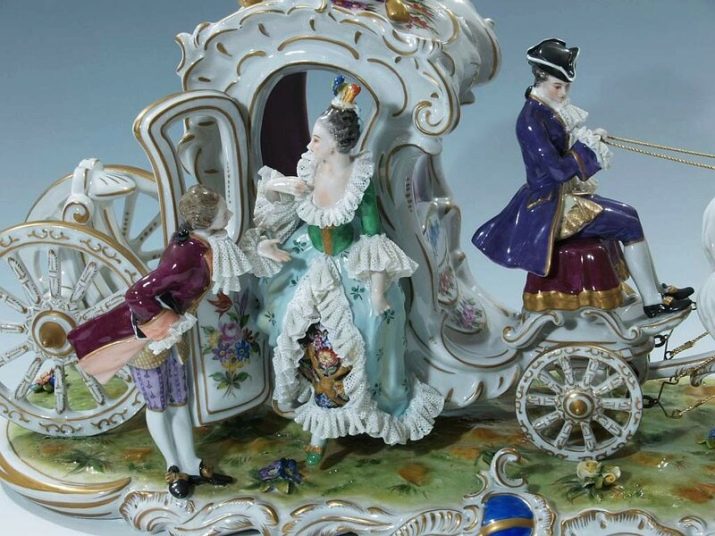Antique porcelain figurines
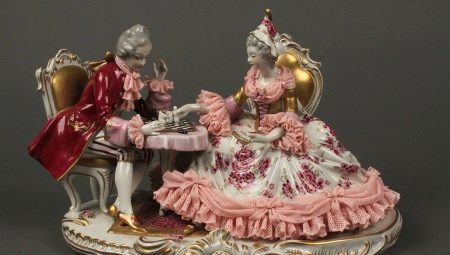
Antique porcelain figurines are highly prized among collectors who collect antiques. Both the products of domestic craftsmen and foreign ones - European and Oriental - are in demand. These figurines are not just cute interior items, they carry the history and cultural imprint of the past.
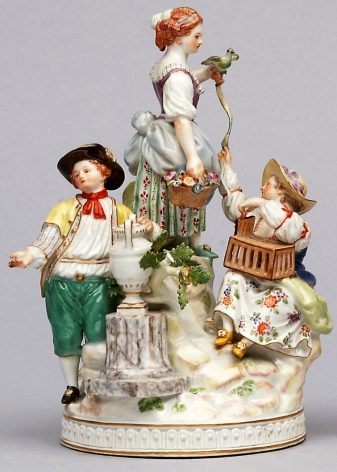
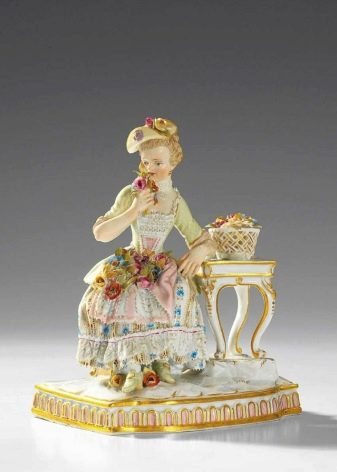
Peculiarities
Porcelain figurines are usually judged according to certain criteria.
-
Safety. The older the product is, the more likely it is for scratches, chips and other defects. Porcelain is a rather fragile material and requires careful handling.
-
Execution. Above others, works with good detail, clear drawing, and graceful composition are valued.
-
The number. Porcelain figurines made by craftsmen to order, or for a specific event, in limited quantities, are always of interest to collectors. Mass-produced items are much less valuable.
-
Manufacturer. Products from well-known porcelain factories are in demand. The cost of such antiques only grows every year.
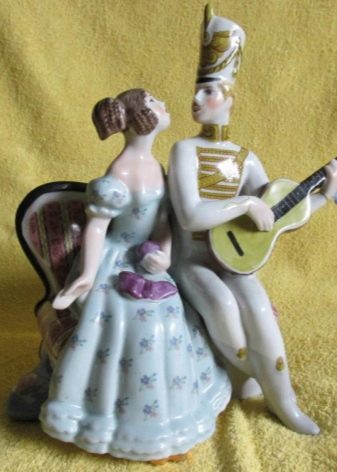
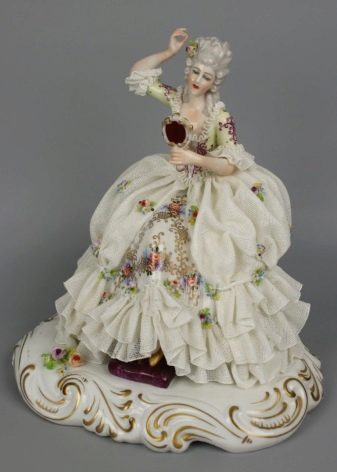
Figurines can be single or group, when the composition consists of several figures of people or animals. Celebrities such as monarchs, politicians, poets and writers were immortalized in porcelain. Also, scenes from the life of ordinary people with figures of workers, collective farmers, and villagers were widely presented. Fictional characters from literary works, heroes of myths, too, often received the attention of masters.
They did not forget about the smaller brothers - porcelain compositions with animals and birds are very popular.
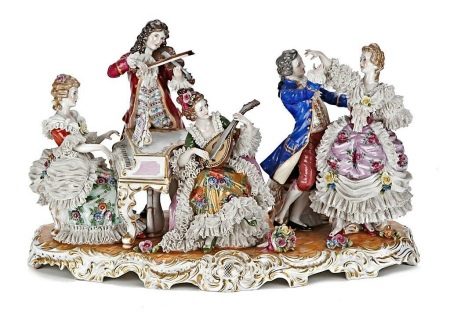
Antiques can be divided into three groups depending on their origin.
-
Eastern. Their homeland is China or Japan. They are often distinguished by a special grace, as well as a characteristic style with polychrome painting.
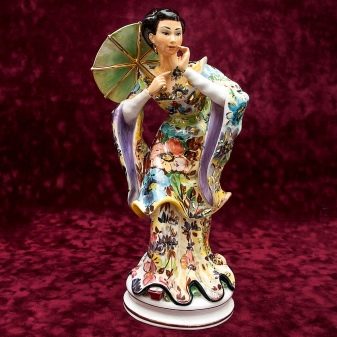
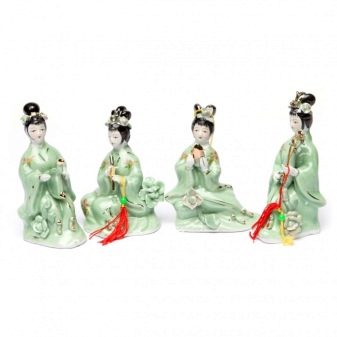
- European. Produced by English, German and other craftsmen. Custom-made pieces for royalty are highly prized.
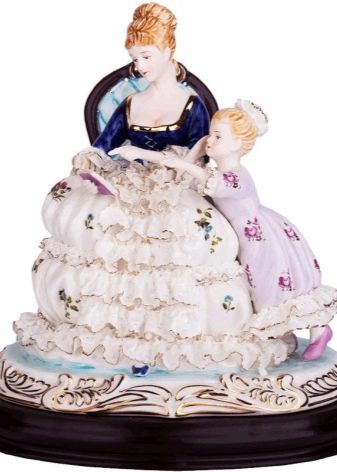
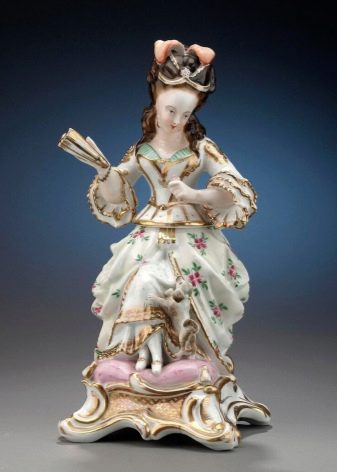
- Russians. Porcelain gained particular popularity in the 18th century, it was then that mass production began, well-known factories appeared, for whose products collectors are hunting today.

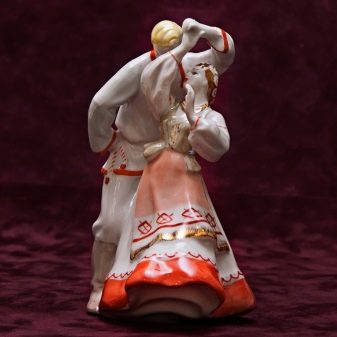
Many connoisseurs of antiques in our country start with domestic figurines. Even in Soviet times, porcelain was very popular and was considered a sign of good taste. Often people accidentally find figurines on the mezzanine or at their grandmother's house, and this can be the beginning of a collection. However, not all products are of high value, but figurines of certain factories.
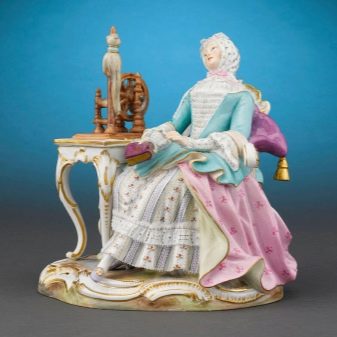
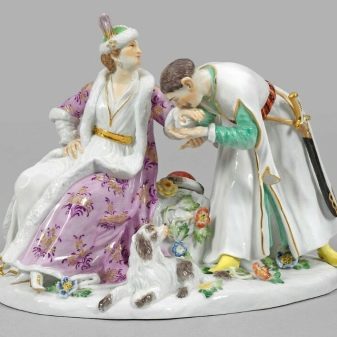
Antique soviet porcelain
The most famous in Russia are the products of the Kuznetsovsky plant. Its founder, together with his descendants, gradually created a real porcelain empire. The partnership includes the Konakovsky plant, the Riga plant, the Gardner plant and other manufactures. Even after the revolution, production continued, although the concept and design changed markedly, and most of the working capacity was nationalized.
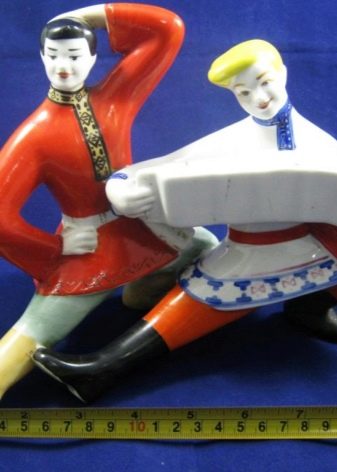
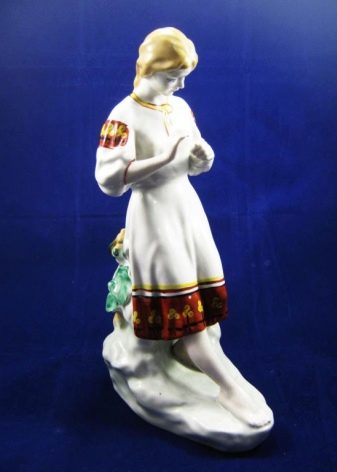
The product range was created taking into account the tastes of consumers:
-
for common people, artisans and peasants, products were produced with unpretentious patterns, flower painting;
-
for merchants - decor with an abundance of gold, bright shiny surfaces;
-
for the nobility - exquisite forms, painting created by European masters.
Taking this into account, it is difficult to single out any single style, but we can say that the figures were distinguished by excellent technical performance, regardless of design. And also the changes took place under the influence of fashion. With the increased popularity of Art Nouveau, masters began to use elements of this style, depicting mermaids and naiads.
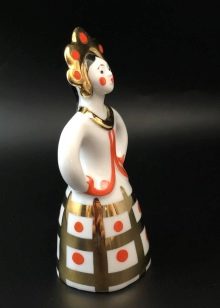
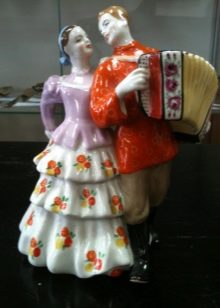
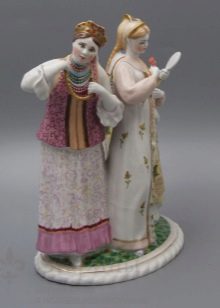
The impact of the revolution has been very noticeable in product design. Products released in the 20s of the twentieth century no longer have pretentious decor, the style has become more calm and restrained. And also the depicted scenes and compositions were often propagandistic in nature.
Another popular plant is Konstantinovsky. It began its activity in 1960 on the territory of Ukraine. Faience, porcelain, majolica and glassware were produced there.
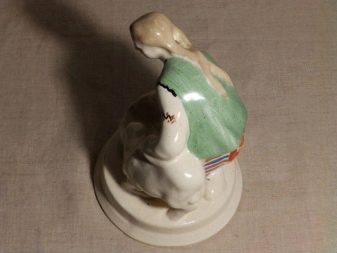
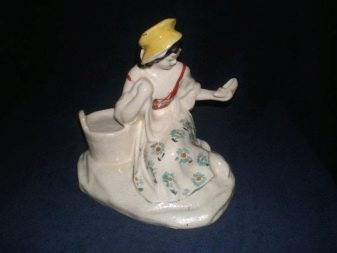
Some of the statuettes from the last century are considered especially valuable because of their rarity.
-
"Cinderella". The series was released by the Leningrad Plant, the compositions depict the characters of the famous fairy tale.
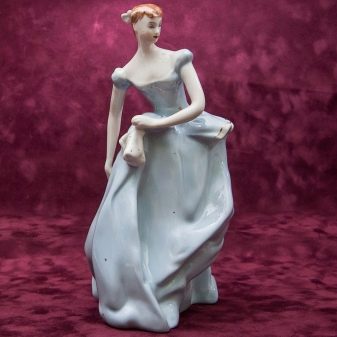
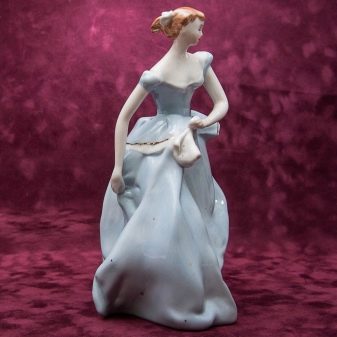
-
"Polar bear". This is an inkwell produced by the Konakovskiy plant in the 30s of the last century.
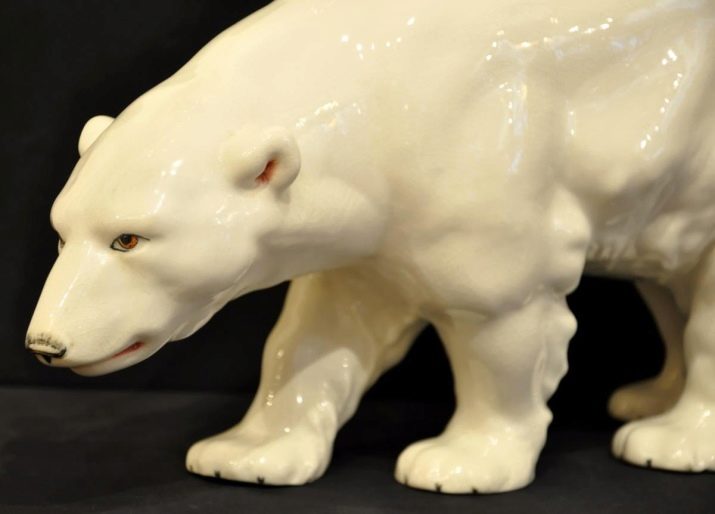
-
"Anna Akhmatova". The statuettes depicting the poetess were produced in a small edition, so they are highly prized.
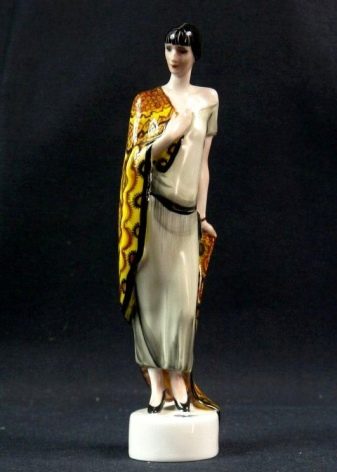
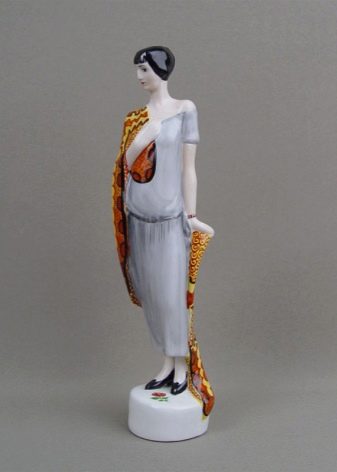
-
"Milkmaid". The figurine in the form of a woman with a can is also quite rare.
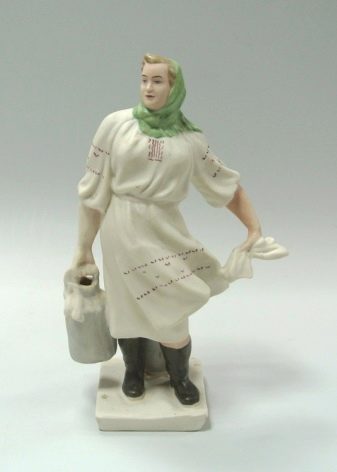

-
"Girl with a headscarf". Produced by the Dmitrovsky plant.
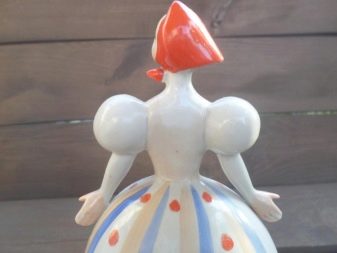
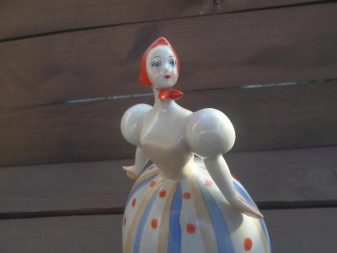
Porcelain was popular not only in Russia, but all over the world. Recognized masters in different countries did not ignore this material and created many interesting figurines.
Antique models of the world
The history of porcelain begins with Chinese ceramics. Similar products appeared in this country in ancient times and from there spread throughout the world, including in Europe. The most valuable and expensive items are those that belong to certain eras:
-
the Tang Dynasty;
-
the Song Dynasty;
-
the Ming dynasty;
-
Qing Dynasty.
It was during these periods that special techniques were invented, new methods of firing or painting. In subsequent centuries, craftsmen only repeated popular forms and decor.
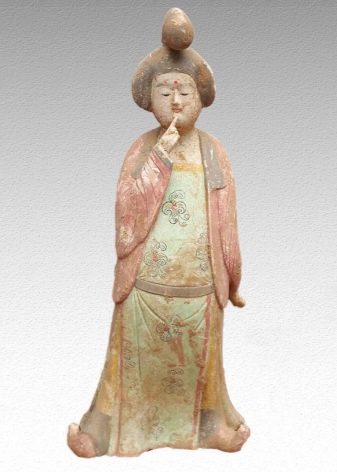
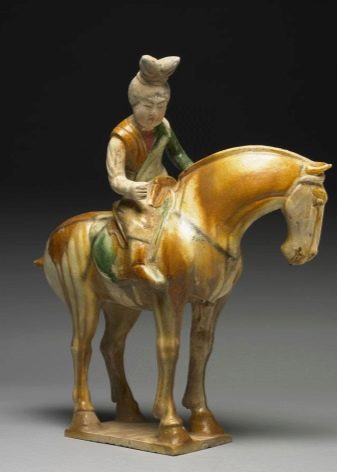
Meissen porcelain is considered to be the ancestor of European porcelain. The plant was founded in Germany. Many products were produced in small editions, since they were intended for the royal family and noble persons.The early collections were made in the Rococo style, but later the statuettes acquired a more restrained look in the spirit of classicism.
Lacy porcelain also originated in Germany. These products look light and weightless thanks to the special technique. Three factories specialized in them: Meissen, Volkstedt and Unterweisbach.
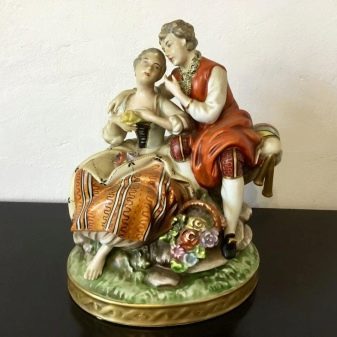
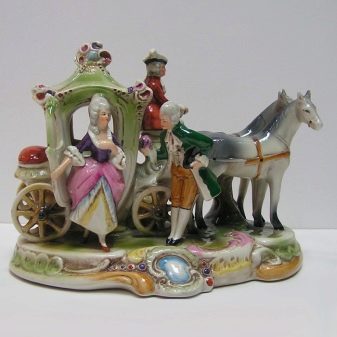
After German porcelain, Italian porcelain soon appeared. There were some curiosities here. The factory was opened by a German who stole a porcelain mass from the Meissen factory in order to start production. Among the Italian manufactories, the following stand out:
-
the Richard-Ginori Ceramic Society;
-
royal factory of Capodimonte.
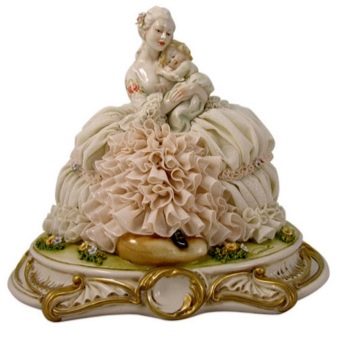
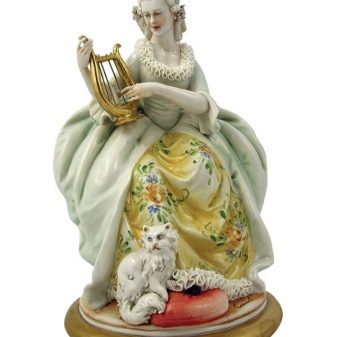
Particularly interesting are products in the form of shells and corals, with bizarre curls. And also the masters portrayed the characters of the Italian comedy and mythological plots.
Speaking of rarities, one cannot fail to note the Chantilly porcelain from France. It is distinguished by its graceful painting and characteristic twig-like ornaments. Products made of milky white tin glaze are especially appreciated - this material has the highest quality.
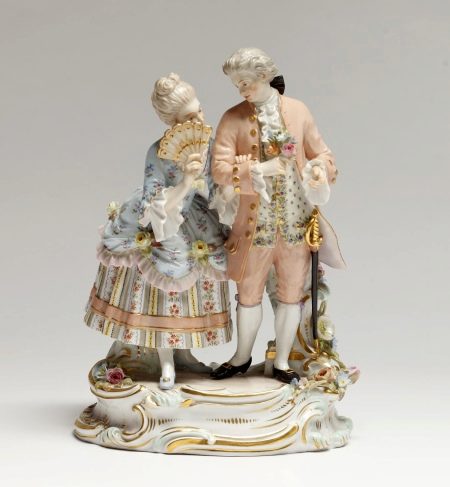
Porcelain from the Czech Republic is also noteworthy. Although the technologies used in this country were not much different from other European ones, the products were much more affordable, which attracted buyers. Among Czech manufactories such as Rudolf Kampf, Elbogen, Schlaggenwald, Thurn-Teplitz, Tiefenbach are known.
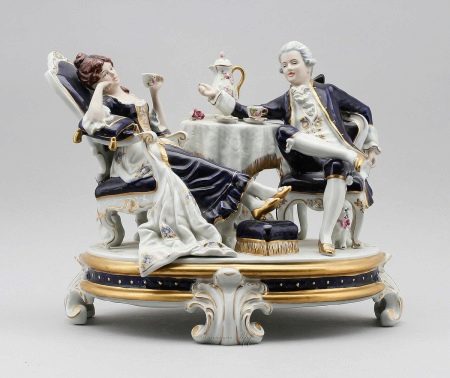
Antique porcelain from time to time come across at flea markets and flea markets in Europe. A lucky collector may find a real treasure there.
